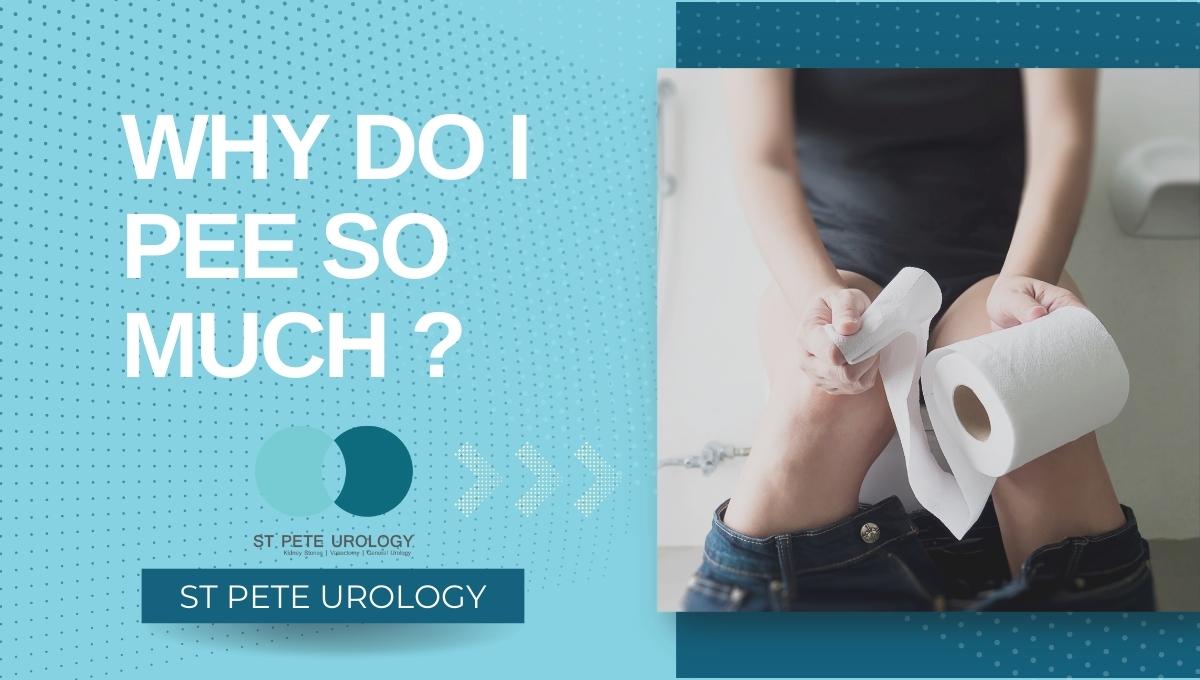Key Takeaways:
- Urinary tract infections (UTIs) are common and can affect people of any age, but women, especially those in their child-bearing years, are more commonly affected.
- Symptoms of UTIs include a strong urge to urinate, burning sensation during urination, cloudy or strong-smelling urine, and pelvic or rectal pain.
- Prevention of UTIs is possible through good hygiene practices, lifestyle changes, and in some cases, medical interventions.
With a welcoming tone, allow me to inform you about urinary tract infections (UTIs), a common but often misunderstood health issue. UTI, as defined by urologists, occur when your urinary system is invaded by bacteria or other microbes. This results in a range of symptoms like a persistent urge to urinate, burning sensation during urination, cloudy urine, or even lower abdominal pain. The importance of effective treatment, my friend, cannot be overemphasized.
Prevalence of UTIs


Turning to the question of ‘Are UTIs common?’, statistics show that roughly 150 million people worldwide experience UTIs every year. Women, especially those in their child-bearing years, are more commonly affected, but UTIs can strike anyone. Certain risk factors increase your chances, such as sexual activity, certain types of birth control, menopause, and conditions like diabetes.
Causes and Types of UTIs
UTIs are primarily caused by bacterial infections, often due to improper hygiene practices. They’re categorized into two types: lower UTIs (affecting the urethra and bladder) and upper UTIs (impacting the ureters and kidneys). Other contributing factors may include a weakened immune system or abnormalities in the urinary tract.
Symptoms and Diagnosis
Regarding symptoms and diagnosis, timing is critical. Classic UTI symptoms include a strong urge to urinate, burning sensation during urination, cloudy or strong-smelling urine, pelvic pain in women, and rectal pain in men. Medical professionals typically conduct a urinalysis or urine culture to diagnose UTI.
Treatment Options
The primary treatment for bacterial UTIs is antibiotics. It is crucial to complete the entire course of antibiotics, even if symptoms dissipate before the medicine is finished, in order to prevent UTI recurrence. If antibiotics are not an option, other treatments may include natural remedies and pain management.
Prevention of UTIs
Thankfully, prevention of UTI is possible. Good hygiene practices play a significant role, such as wiping from front to back, urinating after intercourse or regularly throughout the day, and avoiding products that irritate the urethra. Lifestyle changes can also reduce the risk of UTI, with actions like staying well hydrated, avoiding constipation, and considering alternative birth control methods. In some cases, medical interventions, such as a low-dose antibiotic course or non-antibiotic prophylaxis, are beneficial.
Potential Complications
Remember, untreated UTI can have severe complications. Recurring UTIs may cause kidney disorders or pregnancy complications, while untreated UTIs can lead to life-threatening kidney infections.
Conclusion
In conclusion, UTIs are indeed ubiquitous but with effective treatment, they’re manageable. The crucial points to remember are recognizing symptoms promptly, seeking immediate medical advice, adhering to prescribed treatments, and maintaining good hygiene.
Exert yourself to adopt preventive measures. If you live in or around St Petersburg, Florida, choose St Pete Urology, the professionals dedicated to your urological health. Entrust your care to expert urologists in FL who prioritize cutting-edge treatment, prevention, and early diagnosis of conditions such as UTIs. Their passion lies in ensuring your health, comfort, and well-being. Let’s tackle UTI head-on, and manage them greatly. You are not alone in this. We are here, because you matter.
References:
- St Pete Urology. (2011, November 4). Recurring Urinary Tract Infections. St Pete Urology. https://stpeteurology.com/recurring-urinary-tract-infections/
- St Pete Urology. (2019, July 8). St. Pete Urology | Urologists in St Petersburg, Florida. St Pete Urology. https://stpeteurology.com/why-do-i-keep-getting-utis/
- CDC. (2022, January 14). Urinary Tract Infection. Centers for Disease Control and Prevention. https://www.cdc.gov/antibiotic-use/uti.html
- Jancel, T., & Dudas, V. (2002). Management of uncomplicated urinary tract infections. Wjm, 176(1), 51–55. https://doi.org/10.1136/ewjm.176.1.51
- And, D. (2023, August 28). Bladder Infection (Urinary Tract Infection—UTI) in Adults – NIDDK. National Institute of Diabetes and Digestive and Kidney Diseases. https://www.niddk.nih.gov/health-information/urologic-diseases/bladder-infection-uti-in-adults










